MART team have good experience of fabrication. We can fabricate the products as per given detailed drawings.
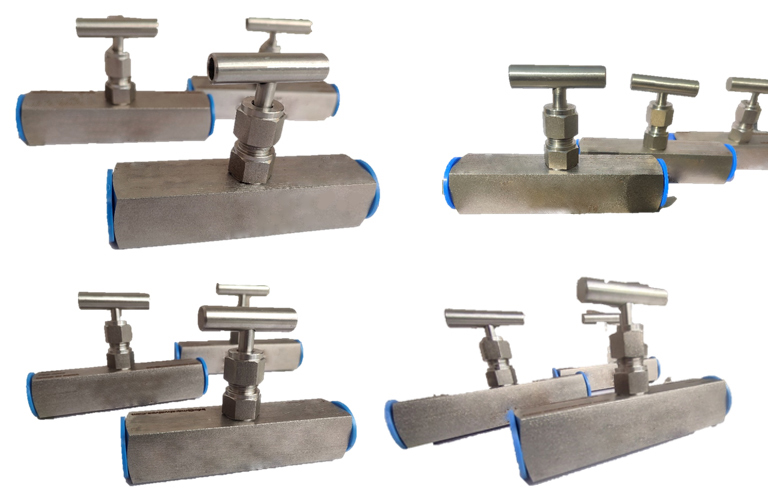
MART Needle valve is square and round body designed for leakage free completion. The model MNH20 high-pressure needle valves have been developed for high-pressure applications such as used flow controls with 6000, 10000 to 20000 PSI needle valve working high pressure range. The valve is particularly suitable for control panels, where the space is restricted, or for test benches. The non-rotating valve spindle prevents seizing and scoring, even if the valve is rarely opened or only partially closed. With the blow-out proof design of the valve, working safety is ensured, especially in applications with high pressure loading and frequent pressure cycles. The valve design and high-quality sealing materials ensure long operating times and high tightness. To ensure the performance of the complete system, an additional leak test is carried out on the instrument hook-up.
Title |
High Pressure Needle Valve |
Size Range |
1/8" To 2" (BSP / NPT / Socket Weld) |
Connection |
Female x Female Connection |
Configurations |
2 Way |
Packing Material |
PTFE |
Working Pressure Range |
1000 PSI to 20000PSI |
Temperature Rating |
-20° C to 350° C |
Body Material |
SS316, SS304, MS, Brass, All Types Of Alloy Steel Grade |
No matter the use, it’s important to size it to your needs. You size a tank based on the compressor output, system size and air demand cycles. One method to estimate the receiver size is this formula:
V = (Q x Pa) / (P1 + Pa)
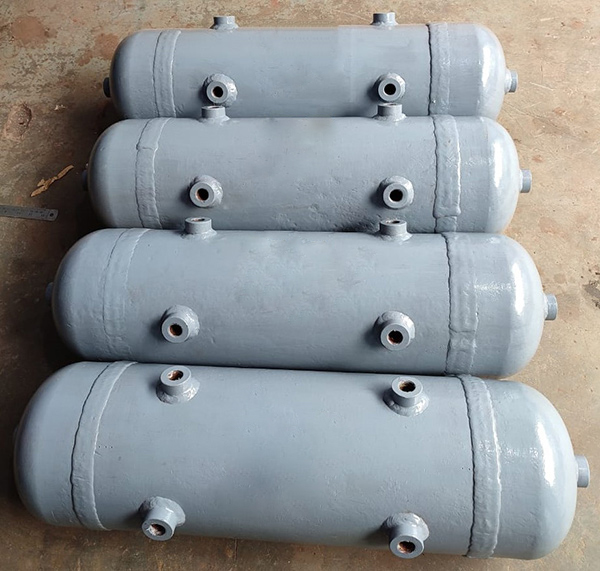
Looking for stainless steel mesh screening material? Then check out our great selection of different micron sized stainless steel mesh screen samples! Pre-cut into convenient 6" x 6" or 12" x 12" sheets, these filter screens can be used for several different projects. We have sold them to people for almost every use under the sun with great success!
These stainless-steel filter mesh screens are ideally suited for use in applications where you need high strength, chemical resistant filter mesh screen to filter through. They stand up well to heat, cold, chemicals, solvents, liquids, and even sand and filter media. In fact, it's the same material we use to build all of our stainless-steel filters! They're made from heavy duty 304 stainless steel and are available in a wide variety of sizes.
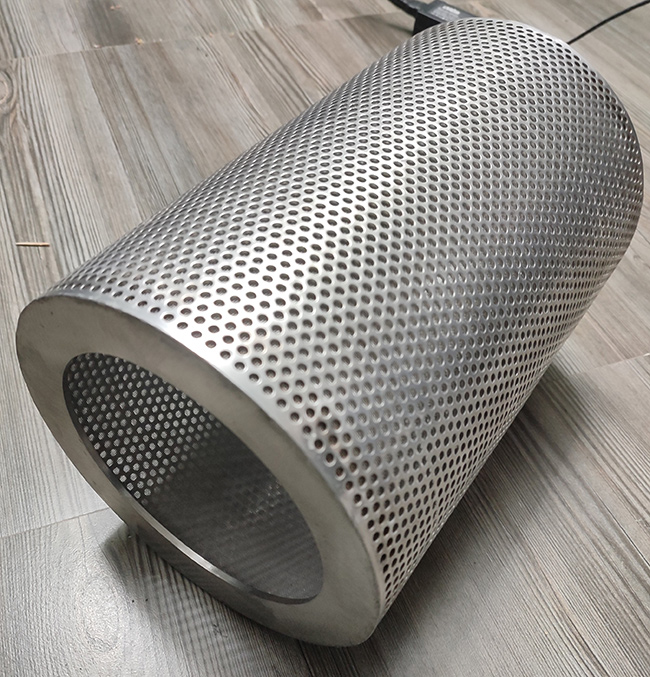
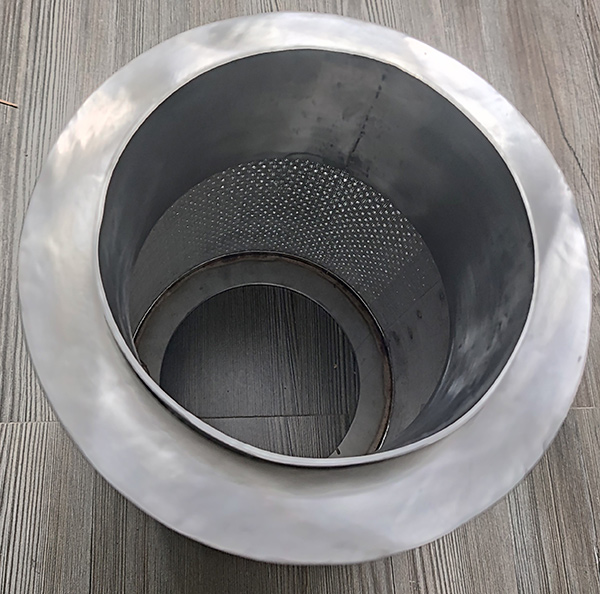
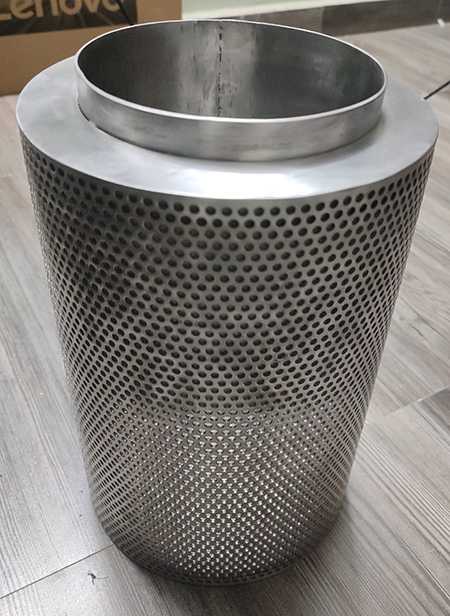
We recommend using our 177 microns (80 mesh) screens for dry wash towers. The hole size is perfect for use with ion exchange dry wash resin. It's the size we use on all of our ion exchange dry wash towers. We also use this same size in our Pure Fibre Media Dry Wash Towers too.
Because they're highly resistant to chemicals, they can be used as a support grid or filtering media anywhere stainless steel may be specified. They even work great in methoxide tanks to filter undissolved catalyst out of the methoxide mixture. They can also be used for filtering hot waste vegetable oil or finished Biodiesel as well. We're sure you'll find endless uses for this great product.
For filtering crude oil to get large chunks out, 1000 to 500 micron is recommended. To get smaller chunks out but not back up the filter, 400 & 300 microns work well. 400 micron is what we personally use to filter all of our vegetable oil with & find it works extremely well. It tends to be a great "medium range" filter allowing for good filtration while not backing up too much.
For straight vegetable and straight motor oil, most customers prefer smaller micron sizes from 177 micron down to 74 microns. They may take longer for the oil to filter through, but they do exceptionally well at getting all the smaller particles out.
Microns is a metric measurement. For example, 1,000 micron means that the hole size is 1 millimetre big. 800 Micron is roughly the size of a window screen. 400 micron is half the hole size of an 800 micron.